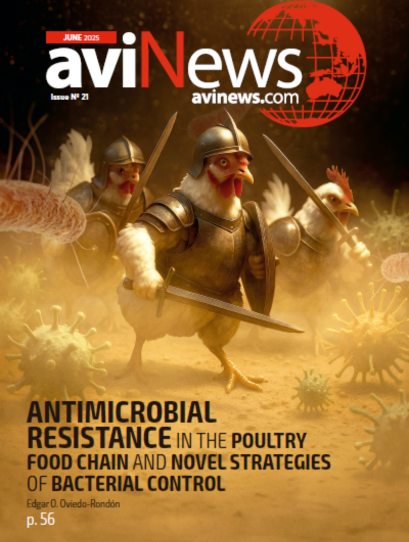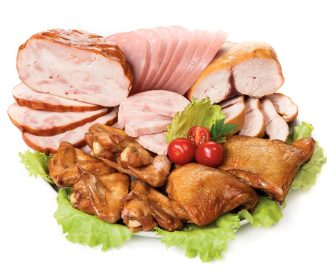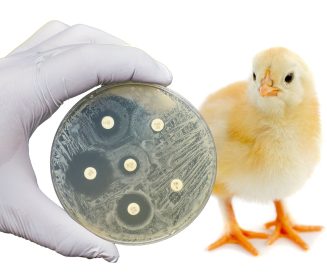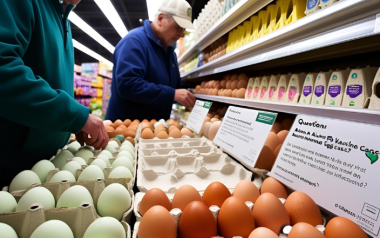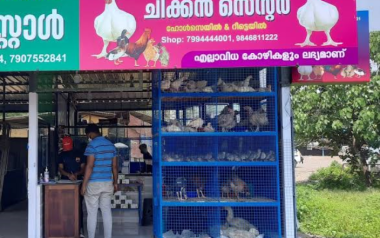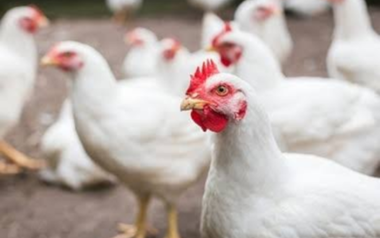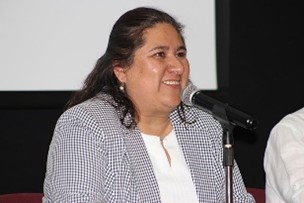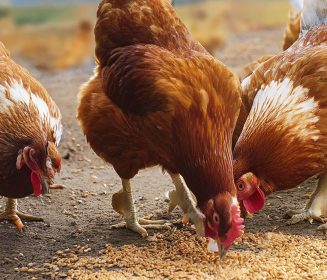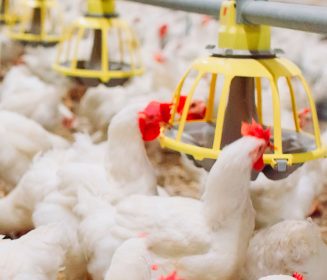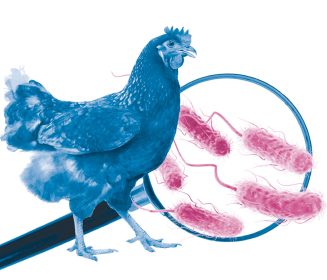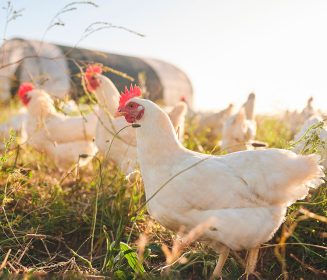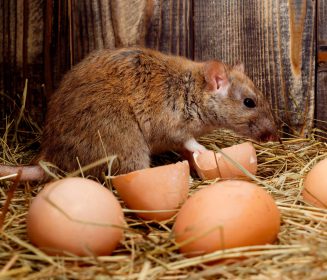12 Aug 2025
Bangladesh poultry processing: Big potential, big challenges
The analyst offers key steps if the country wants to capitalize on the poultry processing opportunity.
Bangladesh’s poultry industry has been growing steadily, expanding 8-10% annually, wrote Naziba Ali, Business Analyst at LightCastle Partners in a report.
Data from the Department of Livestock services show that the country now produces 8.7 million tons of meat each year, with poultry accounting for the lion’s share.
Between 2016 and 2022, daily per capita poultry consumption jumped from 17.3g to 26.2g. As urbanization accelerates and the middle class expands, the demand for poultry—particularly ready-to-cook and hygienic products—is expected to grow.
Food safety concerns loom large
But this growing appetite comes with a catch. Reports of antibiotic-resistant bacteria in poultry and equipment at wet markets have sparked major food safety concerns.
The government introduced the Animal Slaughter Act in 2011 to regulate slaughter practices. But enforcement remains weak. Today, only about 10% of poultry is processed in formal facilities.
Processing infrastructure still catching up
Despite surging production, the country’s meat processing infrastructure lags behind. In 2020, only 2-3% of the 525 million broilers consumed annually were processed in formal facilities. That said, the tide is slowly turning. More companies are entering the space, leading to a rise in processed chicken meat.
Modern facilities—often run by large poultry integrators—can handle anywhere from 2000-10,000 birds daily. These are mainly located in Dhaka and Chattogram. Some integrators manage the entire process from slaughter to packaging. Others outsource upstream stages and only focus on value-added products.
Automation is gradually being adopted, especially for defeathering and freezing. However, slaughtering and evisceration still rely mostly on manual labor.
Wet markets dominate outside cities
Outside major urban centers, most poultry are still processed manually in wet markets. These setups often lack clean water, proper lighting, or ventilation.
Birds are butchered in open spaces, and meat reaches consumers without veterinary inspections or quality checks. This creates unsanitary conditions that allow harmful bacteria to flourish.
Industry’s future driver
Despite the challenges, Bangladesh’s poultry processing sector holds immense promise. Changing food habits, a growing middle class, and a rising interest in halal-certified meat—from both Muslim and non-Muslim consumers—are key growth drivers.
A 2022 study found that 99.7% of Bangladeshi consumers were open to buying safe broiler meat if available. Moreover, 98.6% were willing to pay an extra USD 0.33 per kg for it.
This rising demand for safer, ethically produced meat mirrors a global shift in consumer awareness. Halal meat, which emphasizes safety, cleanliness, and ethical sourcing, aligns with this shift. Globally, the halal food market is projected to reach USD 5.8 trillion by 2030, growing 10% annually.
Considering this market’s vast potential, capturing just a small share would substantially boost Bangladesh’s export earnings. In fiscal year 2022, the country exported USD 0.64 million worth of halal meat to markets like the UAE, Qatar, Kuwait, and the US.
Recently, the government has been exploring ways to attract more foreign investment in this area. Talks are underway with the UAE to establish a halal meat processing facility in a special industrial zone.
While the outlook is promising, the industry still faces several hurdles—something that was reflected during a recent PoultryTechBangladesh event.
Cultural preferences and price pressures
For many Bangladeshis, meat is not ‘fresh’ unless the animal is slaughtered in front of them. This cultural preference for live bird markets, common in both cities and villages, makes it tough for packaged, processed meat to win trust.
Additionally, poultry prices are usually benchmarked against wet market rates. Formal processors face higher costs for packaging and cold storage, making it difficult to compete.
Cold chain and financing challenges
Without proper cold storage and transport systems, a lot of meat goes bad before it reaches consumers. In fact, poor cold chain infrastructure contributes to USD 2.4 billion in yearly agricultural losses.
Building cold storage and transportation systems is costly, hindered by high import duties on equipment and complex regulations.
Financing is another hurdle. Banks often view poultry processors—especially small and mid-sized ones—as risky. Some are misclassified as large corporations, resulting in higher interest rates and stricter loan terms, despite operating more like small farms.
Policy gaps and missed incentives
While the government offers a 10-year tax holiday for food processing in fruits, vegetables, and dairy, poultry has yet to be included.
Additionally, Bangladesh lacks specific Harmonized System (HS) codes for halal products, making it harder for exporters to tap into this expanding market.
Road to a brighter future
If Bangladesh wants to truly capitalize on the poultry processing opportunity, several key steps are needed:
- Clear standards: Strengthen the Animal Slaughter Act with specific guidelines on water use, cooling systems, and hygiene standards in processing units.
- Public awareness: Educate consumers on the safety and convenience of processed meat to shift preferences away from wet markets.
- Infrastructure investment: Develop strong cold chain infrastructure through public-private partnerships.
- Financial support: Banks and financial institutions should offer low-interest loans to SMEs vie existing refinance schemes.
- Stronger regulation: Empower agencies like the Bangladesh Food Safety Authority (BFSA) and Bangladesh Standards and Testing Institution (BSTI) to monitor meat safety and certify facilities more proactively.

